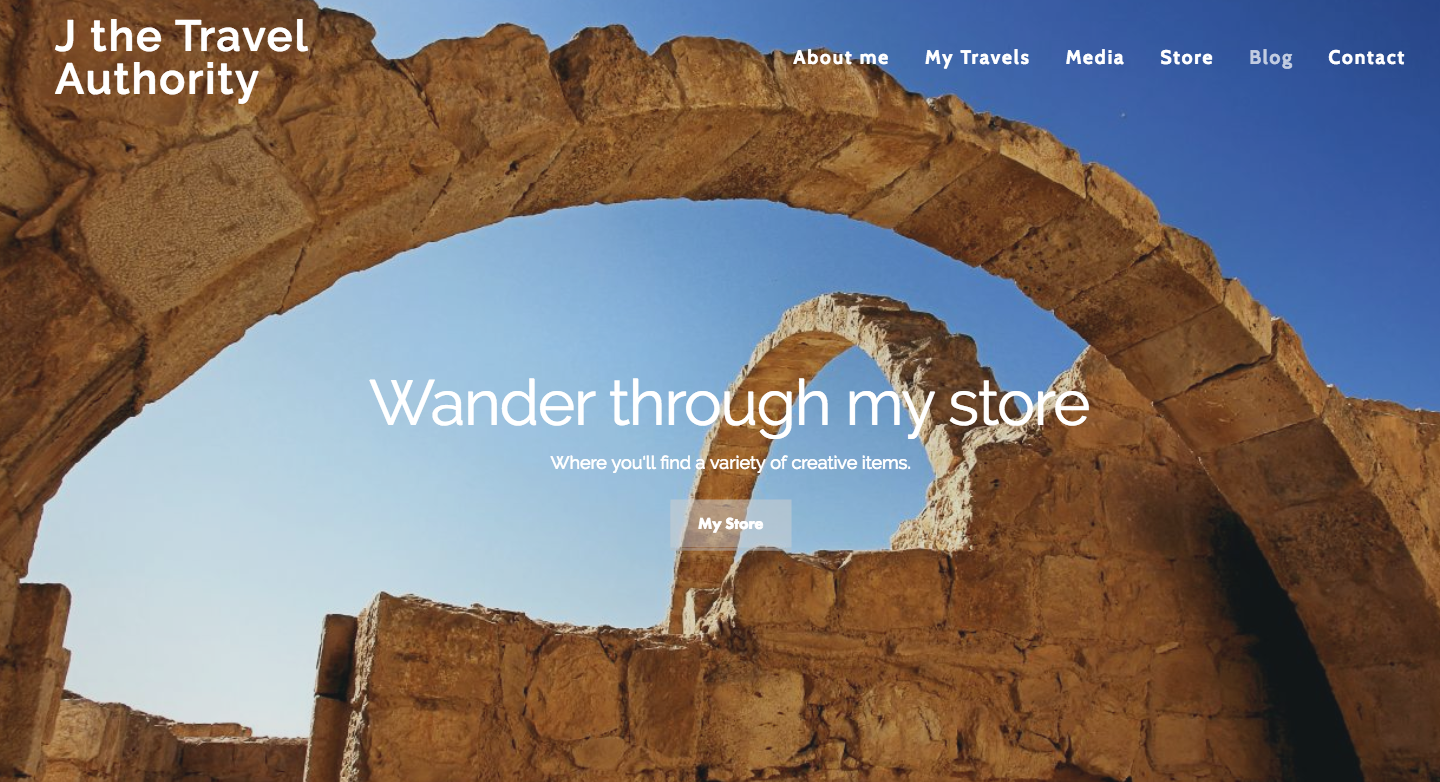Several months ago, I planned a complicated international itinerary that forced me to fly from New York City to London where I would stay for several days, London to Montenegro where I intended to hike for a week; Montenegro to London; London to Romania where I was scheduled to drive, hike and tour for five days; Romania to London; and London to back to New York City. Clearly, with the back and forth through multiple time zones, jet lag would be an issue. (Even though I already was quite knowledgeable about getting jet lag.) A month before my trip, I received an email from Bill Ashton, the founder of the Palo Alto-based company StopJetLag.
The company devises personalized travel plans using very sophisticated software that relies on the immense body of research of Ashton's colleague, Dr. Charles Ehret, a well-respected scientist who worked in the field of circadian rhythm for some 40 years. Ashton -- who has plenty of experience with jet lag as a former tour manager for a band and ski team coach -- offered me a complimentary personalized plan for my multi-leg trip. (The price of the program is quite reasonable at $35.)
I filled out an online questionnaire detailing my itinerary, what time I typically eat meals, go to sleep and wake up, as well as whether I drink coffee. ( I specifically mentioned that I don't drink coffee and I wasn't interested in taking melatonin supplements to help reset my circadian rhythm.) Then the custom profile arrived in my inbox.
It was amazingly detailed and included what size and type of meals I should eat (high protein meals are energizers while high carbohydrate ones help promote sleep), and what time I should get some exercise and get exposed to bright light (which also helps reset your circadian rhythms). It was very easy to follow with a calendar that highlighted all the necessary strategies for different days of my itinerary. The profile told me when to reset my watch to my destination and how I should start preparing for my trip with dietary changes before I left home.
Even though I don't suffer from jet lag the way most people do and I'm quite familiar with many of the anti-jet lag strategies, I found the plan helpful, especially with when to be active and get sunlight.
If anyone suffers from jet lag, I think it's absolutely worth giving this program a try. And, for those who don't like caffeine or taking supplements, you can successfully combat jet lag without relying on coffee or melatonin. This program really takes the guess work out of the entire process of assuring that you arrive at your destination refreshed and that you're at your peak performance while you travel.
continue reading "Review: Customized Jet Lag Program"
The company devises personalized travel plans using very sophisticated software that relies on the immense body of research of Ashton's colleague, Dr. Charles Ehret, a well-respected scientist who worked in the field of circadian rhythm for some 40 years. Ashton -- who has plenty of experience with jet lag as a former tour manager for a band and ski team coach -- offered me a complimentary personalized plan for my multi-leg trip. (The price of the program is quite reasonable at $35.)
I filled out an online questionnaire detailing my itinerary, what time I typically eat meals, go to sleep and wake up, as well as whether I drink coffee. ( I specifically mentioned that I don't drink coffee and I wasn't interested in taking melatonin supplements to help reset my circadian rhythm.) Then the custom profile arrived in my inbox.
It was amazingly detailed and included what size and type of meals I should eat (high protein meals are energizers while high carbohydrate ones help promote sleep), and what time I should get some exercise and get exposed to bright light (which also helps reset your circadian rhythms). It was very easy to follow with a calendar that highlighted all the necessary strategies for different days of my itinerary. The profile told me when to reset my watch to my destination and how I should start preparing for my trip with dietary changes before I left home.
Even though I don't suffer from jet lag the way most people do and I'm quite familiar with many of the anti-jet lag strategies, I found the plan helpful, especially with when to be active and get sunlight.
If anyone suffers from jet lag, I think it's absolutely worth giving this program a try. And, for those who don't like caffeine or taking supplements, you can successfully combat jet lag without relying on coffee or melatonin. This program really takes the guess work out of the entire process of assuring that you arrive at your destination refreshed and that you're at your peak performance while you travel.











